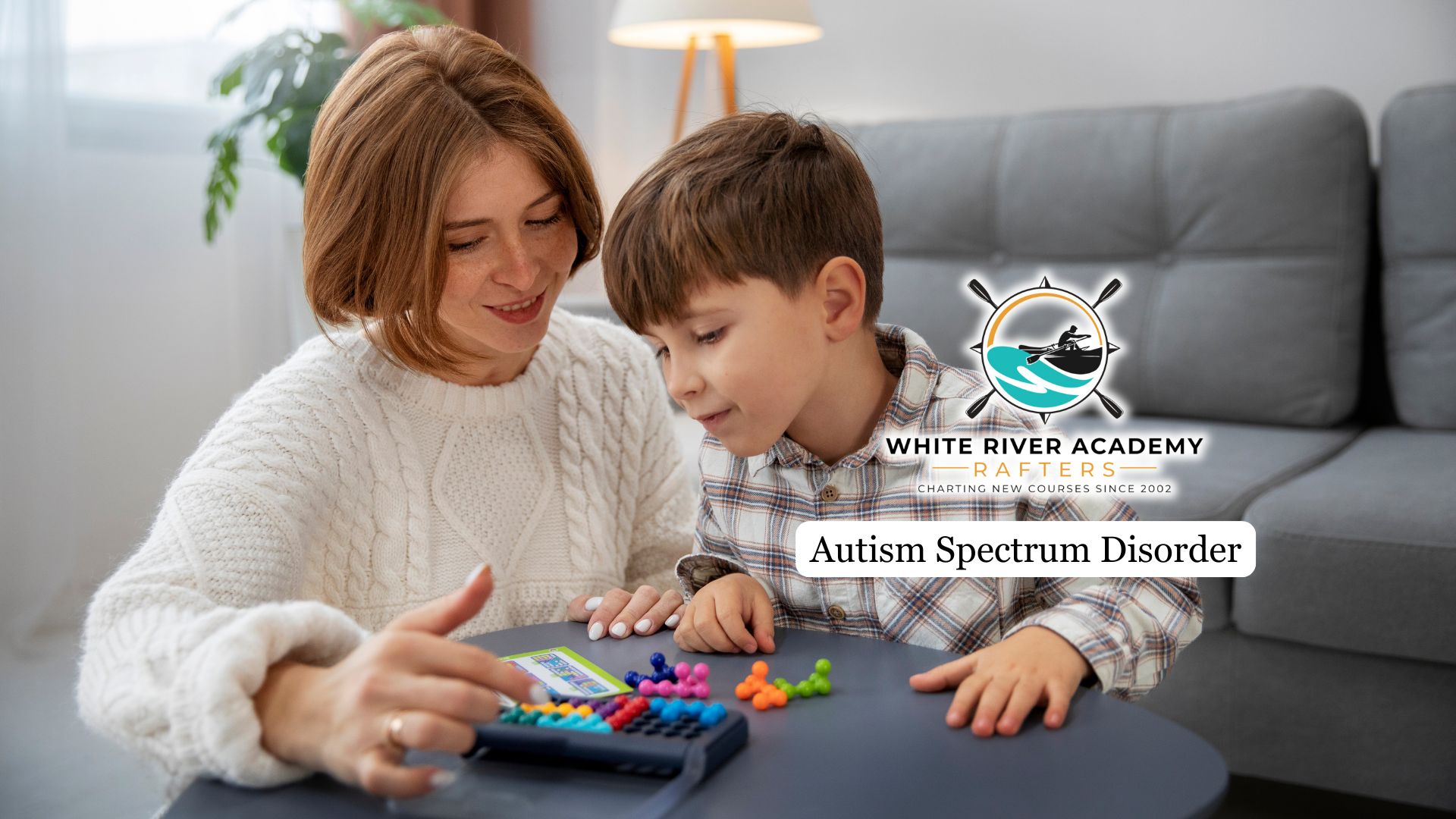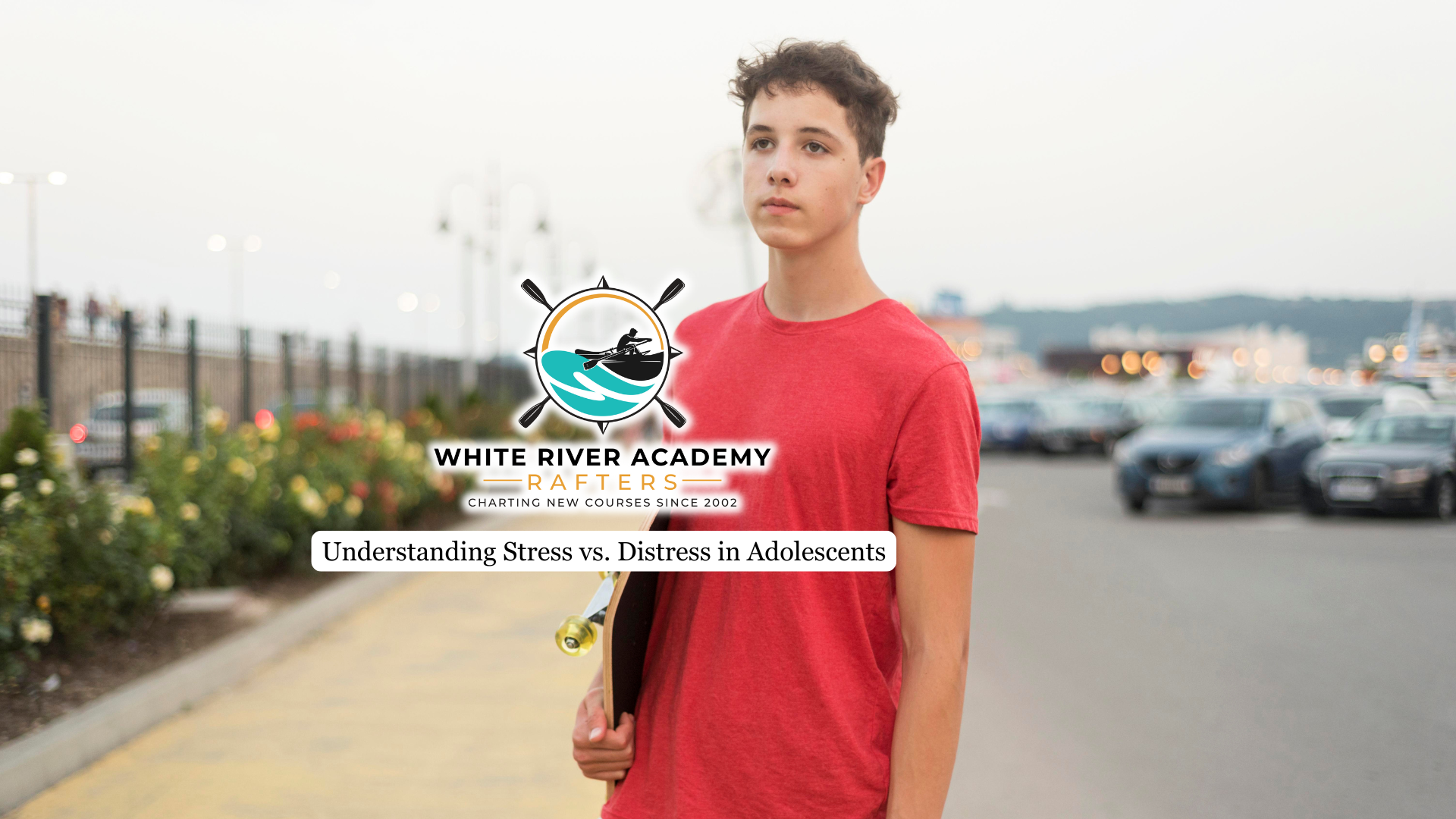Autism spectrum disorder (ASD) is a neurodevelopmental condition affecting approximately 1 in 44 children in the United States, according to the Centers for Disease Control and Prevention (CDC). The disorder is characterized by persistent challenges in social interaction, communication, and restricted or repetitive patterns of behavior, interests, or activities.
ASD manifests differently in each individual, resulting in a wide spectrum of abilities and challenges. In this exploration of autism spectrum disorder, we will delve into its core characteristics, the most recent research on causes and treatments, and the effect it has on individuals, families, and society as a whole.
Core Characteristics of ASD
Autism Spectrum Disorder (ASD) is a complex neurodevelopmental condition that affects an individual’s social communication, interaction, and behavior. As a developmental disorder, ASD typically manifests in early childhood, with symptoms becoming more apparent as the child grows older.
The core characteristics of autism include difficulties in social interaction, such as understanding social cues, initiating or maintaining conversations, and forming relationships with others. Communication skills can also be impacted, ranging from being nonverbal to having advanced language abilities.
Another hallmark feature of ASD is the presence of restricted and repetitive behaviors, interests, or activities. These may include stimming (repetitive movements or sounds), strict adherence to routines, or intense preoccupation with specific subjects.
It’s important to note that the severity and presentation of these characteristics can vary widely among individuals on the autism spectrum. While some may require significant support in daily functioning, others can lead more independent lives.
Recognizing the core characteristics of ASD is crucial for early identification, diagnosis, and implementing appropriate interventions to support the individual’s unique needs and promote their overall well-being.
Diagnosis and Assessment
Diagnosing ASD involves a comprehensive evaluation process conducted by a multidisciplinary team of specialists. They’ll assess your child’s developmental history, observe their behavior, and use standardized screening tools to identify signs of autism spectrum disorder.
Diagnosis typically happens around age 5, but early diagnosis is possible if you or your pediatrician notice red flags before age 1, with symptoms becoming more noticeable by ages 2 or 3.
Early diagnosis is crucial because it allows for timely access to support services and interventions that can significantly improve long-term outcomes. After diagnosis, your child will be categorized into one of three levels of support based on the DSM-5-TR, indicating the degree of assistance they’ll need to address their specific challenges and functional impairments.
Keep in mind that boys are about four times more likely to be diagnosed with ASD than girls, as girls often exhibit subtler symptoms that may be overlooked.
Causes and Risk Factors
While researchers haven’t pinpointed a single cause, they believe autism spectrum disorder stems from a complex interplay of genetic and environmental factors.
Genetic factors play a key role, with certain gene variations linked to an increased risk of this developmental disorder, especially if you have genetic conditions like Fragile X or Rett syndrome.
Environmental risk factors are also under investigation. These include prenatal influences like maternal infections during pregnancy, advanced parental age, and complications such as gestational diabetes, which may elevate your child’s likelihood of an autism diagnosis.
It’s important to note that boys are about four times more likely than girls to develop ASD. If you have a family history, particularly a sibling with the disorder, there’s a higher chance of diagnosis.
Despite misconceptions, extensive studies have consistently shown no link between vaccines and autism.

Associated Conditions
It’s common for those with ASD to be diagnosed with ADHD, anxiety disorders, or depression, which can complicate both diagnosis and treatment.
You’ll also find that gastrointestinal disorders are frequently observed in autistic individuals, with studies suggesting that up to 70% may be affected by these issues. Sleep disorders are another prevalent concern, as 40-80% of people with autism experience difficulties with sleep.
Intellectual disabilities can co-occur with ASD as well, with around 31% of autistic individuals also having an intellectual disability, although many on the spectrum have average or above-average intelligence.
Learn more about reactive attachment disorder which is another prevailing condition among adolescents.
Treatment and Management
One of the most effective treatment options is Applied Behavioral Analysis (ABA), which uses structured behavioral plans to foster positive changes in behavior and skill development.
Speech and language therapy is another essential component, as it helps individuals with ASD improve their communication abilities, whether verbal or nonverbal. Occupational therapy focuses on developing daily living skills and addressing sensory processing issues that often accompany ASD.
Early intervention is crucial for achieving the best outcomes, with research showing that starting therapy before age 3 can significantly improve behavioral and language development.
It’s important to note that co-occurring conditions, such as ADHD and anxiety disorders, may require additional treatment alongside autism-specific therapies. In some cases, medications like aripiprazole and risperidone can be prescribed to manage irritability and other symptoms associated with ASD.
However, it’s essential to understand that while these treatments can help manage symptoms and improve quality of life, there’s currently no known cure for ASD itself. Read more about our therapies.
Final Thoughts from White River Academy
Our tailored residential treatment program is crafted to meet the unique needs of adolescent boys with ASD, providing a holistic approach that integrates evidence-based therapies, educational support, and life skills training.
We recognize that each young man’s path is distinct, and our committed team works diligently to develop individualized treatment plans that capitalize on personal strengths and tackle specific obstacles. By concentrating on cultivating social skills, emotional regulation, and adaptive behaviors, we strive to equip our students with the tools to navigate the world with self-assurance and achieve their full potential.




